In this article, you will learn about the classification and biological characteristics of mushrooms. We’ll delve into how mushrooms are classified, their nutritional profile, and whether they are more similar to vegetables or meat from a nutritional standpoint. We’ll also discuss whether mushrooms are a type of yeast or mold.
Let’s start with mushroom classification. Mushrooms belong to the Fungi kingdom, which is separate from plants and animals. Within the Fungi kingdom, mushrooms are further classified into various orders, families, and species based on their physical features, spore characteristics, and genetic makeup. These classifications help scientists and enthusiasts identify and study different types of mushrooms. Understanding mushroom classification can also aid in distinguishing edible mushrooms from poisonous ones.
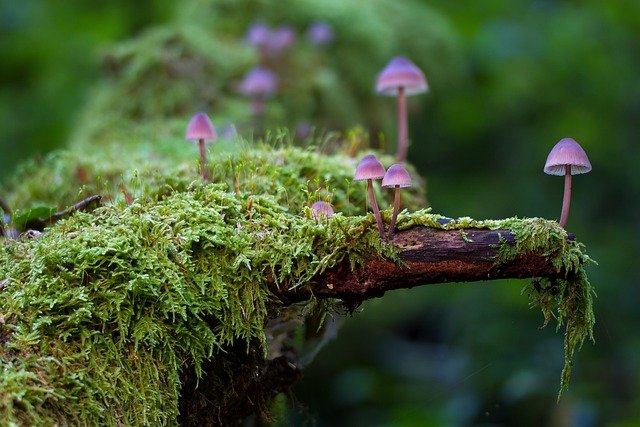
Introduction to mushroom classification
Mushroom classification is the process of categorizing mushrooms into different groups based on their physical characteristics, genetic makeup, and chemical composition. This classification system helps scientists and mushroom enthusiasts to better understand the diversity of mushrooms and identify their unique attributes. Understanding mushroom classification can also be helpful for culinary purposes and for distinguishing between edible and poisonous mushrooms.
Over the years, mushroom classification has evolved, with various methods and systems being used to categorize these fascinating fungi. By delving into the main methods of mushroom classification, taxonomy and classification systems, and key characteristics used in mushroom classification, we can gain a deeper understanding of these intriguing organisms.
Main methods of mushroom classification
There are several main methods used in mushroom classification, each providing valuable insights into the identification and categorization of mushrooms.
Morphological classification
One of the oldest and most common methods of mushroom classification is based on morphological features. This method involves examining the physical characteristics of mushrooms, such as the shape, size, color, texture, and structure of their caps, stems, gills, and spores. By observing these attributes, we can identify specific mushroom species and group them accordingly.
Genetic classification
Advancements in molecular biology have led to the emergence of genetic classification in mushroom taxonomy. DNA sequencing techniques are used to analyze the genetic material of mushrooms and compare it to known sequences of other mushrooms. This method allows for a more precise identification of mushroom species and provides valuable insights into their evolutionary relationships.
Chemical analysis-based classification
Chemical analysis is another method used in mushroom classification, where the chemical composition of mushrooms is examined. This involves analyzing the presence and levels of various compounds, such as alkaloids, terpenes, phenols, and polysaccharides. These chemical profiles can help categorize mushrooms and provide information about their potential medicinal or toxic properties.
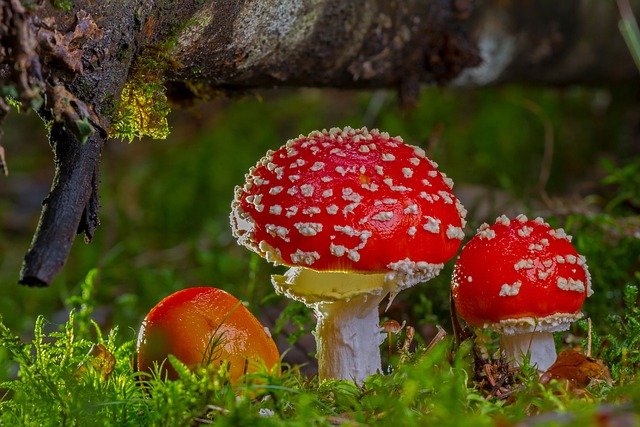
Taxonomy and classification systems
Mushrooms, like all living organisms, are classified within a hierarchical taxonomic system. The taxonomic hierarchy starts with the broadest category, the kingdom, and progresses through phylum, class, order, family, genus, and species.
Currently, mushrooms are classified within the kingdom Fungi, phylum Basidiomycota or Ascomycota, depending on their reproductive structures. Within these phyla, mushrooms are further categorized into different classes, orders, families, genera, and species.
Different classification systems have been developed to organize and identify mushrooms. The most widely recognized classification system is the one proposed by Carl Linnaeus in the 18th century, which emphasizes the use of Latin names for species and establishes a standardized naming system known as binomial nomenclature.
Edible and poisonous mushrooms
One of the most important aspects of mushroom classification is identifying and differentiating between edible and poisonous mushrooms. Consuming the wrong mushroom can have severe consequences, including illness or even death. Therefore, it is crucial to be able to recognize the distinctive features of edible mushrooms and to avoid poisonous varieties.
Distinctive features of edible mushrooms include a pleasant odor, a firm and fleshy texture, and a lack of distinctive colors or markings. Edible mushrooms also tend to have a mild taste and are commonly cultivated or found in grocery stores.
On the other hand, there are numerous types of poisonous mushrooms, with varying degrees of toxicity. Common signs of poisonous mushrooms include strong, foul odors, vibrant colors, slimy or sticky caps, and specific physical characteristics, such as the presence of a ring or veil on the stem. It is essential to be able to recognize these characteristics to avoid consuming poisonous mushrooms accidentally.
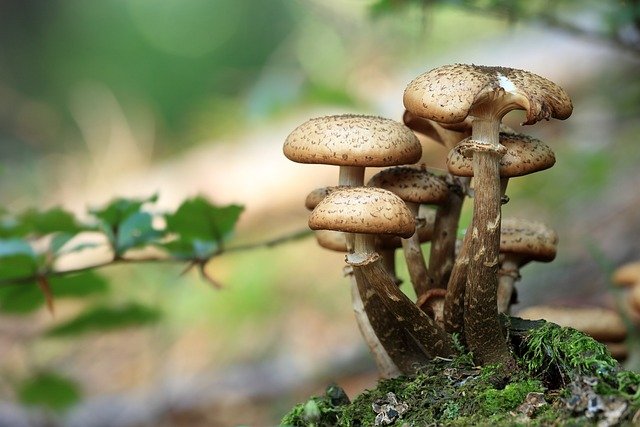
Key characteristics used in mushroom classification
Several key characteristics are used in mushroom classification to distinguish between different species and categorize them correctly. These characteristics can help identify mushrooms and provide insights into their ecology, habitat preferences, and potential uses.
Cap and stem morphology
The shape, size, color, texture, and markings on the cap and stem of mushrooms are crucial in their classification. Features such as the presence of a veil, scales, or warts on the cap, as well as the length, thickness, and texture of the stem, can provide valuable information for identification purposes.
Spore color and shape
Mushrooms produce spores as part of their reproductive cycle, and the color and shape of these spores can vary between species. Spore color is often observed by collecting a spore print, which involves placing a mushroom cap on a white or black surface and allowing the spores to fall and create a visible pattern. Examining the spore color and shape can aid in the classification of mushrooms.
Gill and pore structure
The arrangement and structure of gills or pores on the underside of a mushroom’s cap are important characteristics for classification. Gills can have different shapes, colors, and attachment patterns, while pores can vary in size, shape, and color. These features are helpful in distinguishing between related mushroom species.
Odor and taste
The odor and taste of mushrooms can vary greatly and are specific to certain species. Some mushrooms have a distinctive aroma, ranging from fruity and floral to earthy or pungent. Additionally, the taste of mushrooms can be mild, nutty, bitter, or even spicy. These sensory characteristics are valuable in classification, as they can help distinguish between similar-looking mushrooms.
Habitat and ecological preferences
Mushrooms have specific habitat requirements and ecological preferences, which can aid in their classification. Some mushrooms prefer deciduous forests, while others thrive in coniferous forests or grasslands. Additionally, certain mushroom species are associated with particular types of trees or may have symbiotic relationships with other organisms, such as mycorrhizal associations with plant roots.
Nutritional profile of mushrooms
Mushrooms are not only fascinating organisms but also offer a range of nutritional benefits. They are low in calories, fat-free, and rich in vitamins, minerals, and dietary fiber, making them a healthy addition to any diet.
Macronutrients in mushrooms
Mushrooms are a great source of protein, containing all the essential amino acids needed for the body’s functions. They also provide carbohydrates for energy and dietary fiber for healthy digestion.
Micronutrients in mushrooms
Mushrooms are packed with essential minerals such as potassium, copper, selenium, and phosphorus. They are also a good source of B vitamins, including riboflavin, niacin, and pantothenic acid. Additionally, mushrooms contain small amounts of vitamin D, which is essential for bone health and immune function.
Health benefits of mushrooms
Mushrooms are not only nutritious but also offer various health benefits. They have antioxidant properties, which help protect against cell damage and reduce the risk of chronic diseases. Mushrooms also contain beta-glucans, which can boost the immune system and have anti-inflammatory effects. Some species of mushrooms have even been studied for their potential anti-cancer properties.
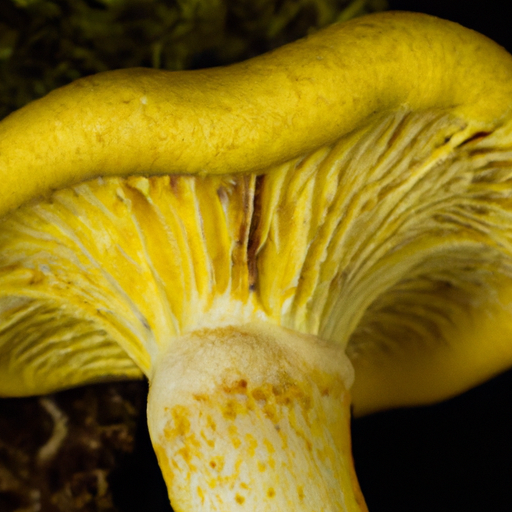
Comparison to vegetables and meat
When it comes to their nutritional profile, mushrooms share some similarities with vegetables but also have distinct characteristics that differentiate them from meat.
Nutritional similarities to vegetables
Like vegetables, mushrooms are low in calories and rich in vitamins, minerals, and dietary fiber. They are a good source of antioxidants and can contribute to a balanced diet by providing essential nutrients.
Nutritional differences with meat
While mushrooms offer protein, they do not provide the same complete amino acid profile as meat. Additionally, mushrooms do not contain cholesterol, which is commonly found in meat. The absence of cholesterol makes mushrooms a heart-healthy alternative to meat.
Role of mushrooms in vegetarian and vegan diets
Mushrooms can play an important role in vegetarian and vegan diets by providing a meaty texture and umami flavor. They are often used as substitutes for meat in a variety of dishes, such as burgers, stir-fries, and stews. Mushrooms can also be a valuable source of nutrients in plant-based diets, acting as a natural complement to other plant foods.
Mushrooms: Yeast or mold?
There are often misconceptions surrounding whether mushrooms are a type of yeast or mold. To clarify these misconceptions, it is important to understand the distinct characteristics of mushrooms.
Clarifying misconceptions
While mushrooms, yeasts, and molds all belong to the fungus kingdom, they have distinct characteristics that differentiate them from each other. Mushrooms are macroscopic fungi, which means they are visible to the naked eye, unlike yeasts and molds that are microscopic.
Differentiating mushrooms from yeast
Yeasts are single-celled fungi that reproduce through budding or fission. They are commonly used in baking and fermentation processes to produce bread, beer, and wine. Mushrooms, on the other hand, have a multicellular structure and produce fruiting bodies, which are the mushrooms visible above ground.
Differentiating mushrooms from mold
Molds are filamentous fungi that form a network of threads, called hyphae, in and on organic matter. They are responsible for the decay of food and other materials. While molds and mushrooms share the same fungal characteristics, mushrooms have a distinct growth pattern and produce distinct fruiting bodies.
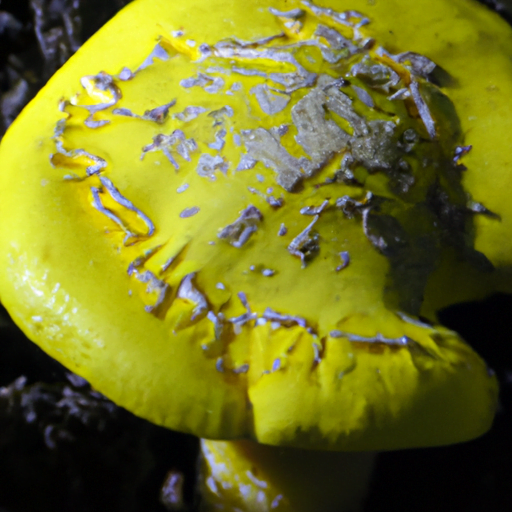
Conclusion
In conclusion, understanding the classification of mushrooms allows for a deeper appreciation and knowledge of these unique organisms. By exploring the main methods of mushroom classification, taxonomy and classification systems, edible and poisonous mushrooms, key characteristics used in mushroom classification, the nutritional profile of mushrooms, their comparison to vegetables and meat, and clarifying misconceptions about mushrooms, we gain insights into the diversity and importance of these fascinating fungi.
Mushrooms offer not only the joy of exploration and culinary delight but also provide numerous health benefits. They are a nutritious addition to any diet, offering a wide range of vitamins, minerals, and antioxidants. Whether you are a mushroom enthusiast, a chef, or simply curious about the natural world, understanding the classification of mushrooms opens up a world of possibilities and dispels common misconceptions. So, dive into the captivating realm of mushrooms, and explore the wonders of their classification and biological characteristics.


